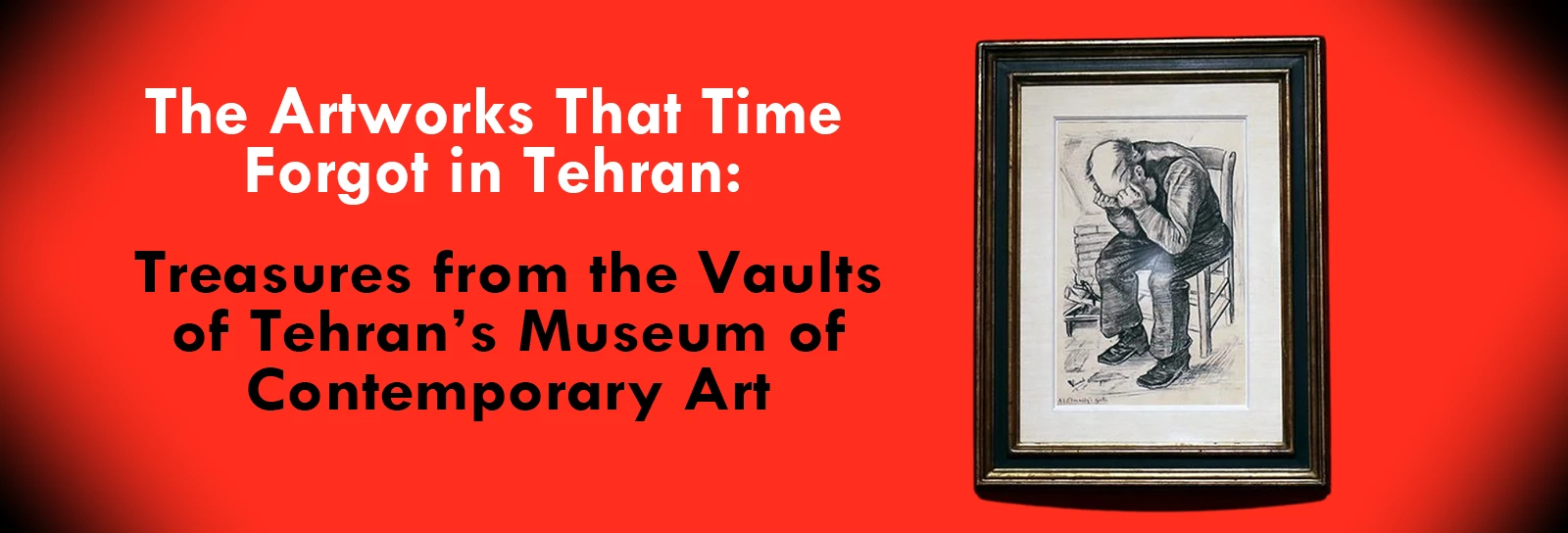
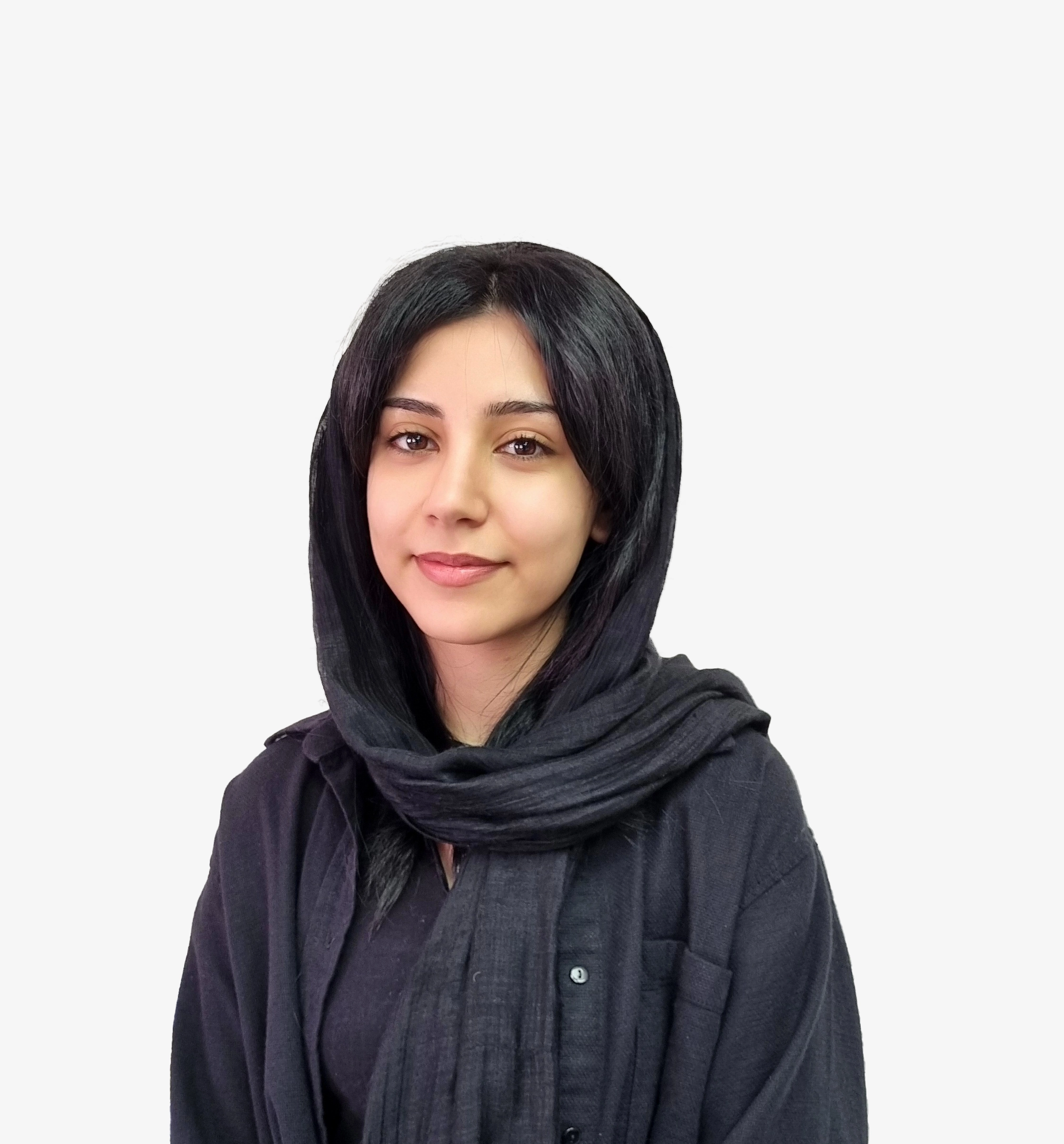
By: Asal Taheri
The “Eye to Eye” Exhibition has captivated art enthusiasts in Iran, showcasing a remarkable collection of hidden art pieces from the Tehran Museum of Contemporary Art treasury. The overwhelming reception of this exhibition led to its extension, with long lines on Kargar Street in Tehran. This exhibition, which reflects the evolution of artistic and conceptual development in portrait art, was held from October 7 in the galleries on the first floor of this museum and was extended until December 20. With over 45,000 visitors attending, it has become a significant cultural event, highlighting the importance of artistic expression in contemporary society. The exhibition features works by artists such as Henri de Toulouse-Lautrec, Pablo Picasso, Vincent van Gogh, Andy Warhol, Alberto Giacometti, and notable Iranian artists like Kamal-ol-Molk and Bahman Mohasses.
Curator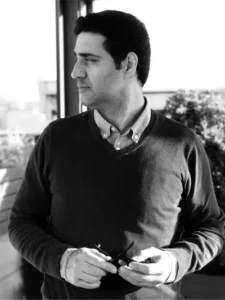 ial Insight
ial Insight
Jamal Arabzadeh, the painter and curator of this exhibition, stated in an interview: “Nearly 130 works by Iranian and Western artists are displayed on the wall, some of which are among the best pieces in the collection. Organizing a conceptual exhibition in a specific collection is usually a challenging task, and we were fortunate to have access to this collection at a high level and with a specific theme. Therefore, it can be said that this exhibition has had a somewhat research-oriented and educational approach.” The treasures of the Museum of Contemporary Art in Tehran are among the unique collections in the world. This collection includes Iranian and foreign modern art, with some pieces considered among the most critical and expensive artworks globally.
A Rich Collection
The Museum of Contemporary Art’s collection comprises nearly 3,000 works, with foreign pieces representing 150 years from Impressionism to Conceptual Art. This vast collection was compiled by the office of Empress Farah Pahlavi in the 1970s and is recognized as one of the world’s richest and most unique collections. The museum was established in 1977 in Amirabad, Tehran, and its building was designed by Kamran Diba, who not only created its modern architectural style inspired by Iran’s windcatchers but also managed it during its initial years. Following the 1979 Revolution, many works were hidden away in the museum’s basements, labeled as “nudity and vulgarity,” away from interested Iranian and foreign audiences. The exhibition serves as an opportunity to rediscover these significant artworks that have long remained unseen. The average total price of the works in this treasure is estimated to be between 5 to 10 billion dollars. This museum is currently one of the Deputy for Artistic Affairs units of the Ministry of Culture and Islamic Guidance.
Mural on Indian Red Ground: A Treasure Beyond Reach
Jackson Pollock’s “Mural on Indian Red Ground” is one of the most significant pieces in the Tehran Museum of Contemporary Art’s collection, valued at approximately $250 million. Originally purchased by Empress Farah Pahlavi in the 1970s, this monumental work exemplifies Pollock’s innovative drip painting technique and is renowned for its vibrant colors and dynamic composition. Following the 1979 Iranian Revolution, the painting, along with many other artworks, was deemed controversial and hidden away in the museum’s storage due to its modern Western style, which clashed with the new regime’s prevailing cultural and political sentiments. Although a renewed interest has been in showcasing hidden treasures, “Mural on Indian Red Ground” was not included in the recent “Eye to Eye” exhibition. Its continued absence from public view underscores the ongoing sensitivities surrounding modern art in Iran, reflecting both a complex history and a cautious approach to contemporary artistic expression.
Silence of the Museum and Conservative Approach
The long-term storage of artworks at the Tehran Museum of Contemporary Art was primarily due to the cultural and political sensitivities following the 1979 Revolution. Many modern Western works were deemed contrary to the prevailing religious and political views, leading museum officials to adopt cautious policies. Proposals to convert the museum into a Hosseiniyeh resulted in significant changes that left it largely empty. Over time, numerous artworks were labeled “not for display” and moved to storage, with some provoking strong reactions due to their depictions of nudity. Consequently, the museum became increasingly silent, hosting only a few exhibitions focused on “resistance” and war themes until a reformist atmosphere emerged under Mohammad Khatami, which marked a new era for the museum and allowed previously hidden artworks to be showcased again.
Exhibition Highlights
In addition to showcasing works by renowned artists such as Henri de Toulouse-Lautrec, Pablo Picasso, Vincent van Gogh,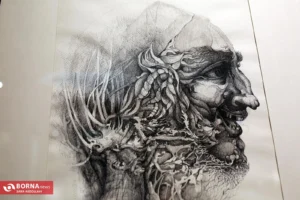 Andy Warhol, and Alberto Giacometti, “Eye to Eye” features portraits by Iranian artists like Kamal-ol-Molk and Bahman Mohasses. The exhibition references some concepts in portraiture while showcasing a selection of portrait works from modern and contemporary art in the Museum’s collection. Although only a small part of this vast treasure is displayed, Jamal Arabzadeh emphasized that we may not see such exhibitions again for up to ten years.
Andy Warhol, and Alberto Giacometti, “Eye to Eye” features portraits by Iranian artists like Kamal-ol-Molk and Bahman Mohasses. The exhibition references some concepts in portraiture while showcasing a selection of portrait works from modern and contemporary art in the Museum’s collection. Although only a small part of this vast treasure is displayed, Jamal Arabzadeh emphasized that we may not see such exhibitions again for up to ten years.
This exhibition highlights significant works from the Museum’s collection and serves as a reminder of the importance of preserving contemporary art heritage. As Kambiz Diba noted regarding the long lines at the museum: “The unprecedented reception…made me very happy.” This exhibition has rekindled interest in contemporary art within Iran, emphasizing its historical significance and ongoing relevance in today’s artistic discourse.
Gallery Overviews of the “Eye to Eye” Exhibition
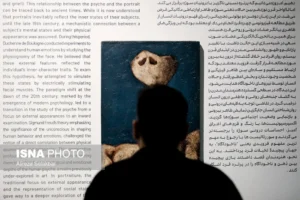 1. Psyche and Portrait
1. Psyche and Portrait
The Psychology and Portrait gallery delves into the intricate relationship between portraiture and the human psyche. It features works by renowned artists such as Bahman Mohasses, Francis Bacon, Fernand Léger, Farshid Maleki, Salvador Dalí, David Hockney, Alberto Giacometti, and Jean Dubuffet. This section includes a striking sculpture by Jean Dubuffet titled Opportunist, created in 1976 from non-traditional materials, emphasizing the emotional depth and complexity inherent in portrait art.
2. My Self-Portrait in Another Mirror
The gallery, My Self-Portrait in Another Mirror, focuses on self-portraits exploring identity and perception. Artists featured include Kamal-ol-Molk, Ahmad Esfandiari, Edward Munch, Max Beckmann, Mehdi Vishkai, and Jim Dine. This section invites viewers to reflect on the tension between the artist’s self-image and their public persona, engaging with the concept of identity in modern self-portraiture.
3. Portrait and Melancholia
In the Portrait and Melancholia section, visitors encounter a poignant exploration of sorrow and introspection through portraiture. This gallery showcases works by artists like Pablo Picasso, with pieces like Jacqueline with Headband and A Woman, alongside Iranian artists like Kambiz Derambakhsh and Masoumeh Mozaffari. The artworks depict solitary figures lost in thought, evoking a deep contemplation about creativity, depression, and the human condition.
4.Historical Portraiture
The Historical Portraiture gallery highlights portraits of significant figures, focusing on Naser al-Din Shah Qajar, painted by Kamal al-Molk. This section also includes works by Alberto Giacometti and other artists like Eddie Navarro and Kourosh Shishegaran. The gallery blurs the lines between contemporary subjects and historical icons, inviting viewers to consider the evolving narrative of portraiture through time.
5. Portrait of a Woman: Subject or Object?
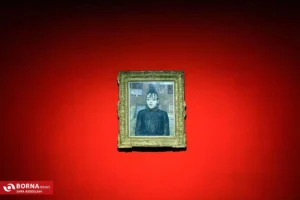 The final section, “Portrait of a Woman: Subject or Object?” critically examines gender perspectives in portrait art. This gallery explores women’s dual roles as subjects and creators in art history, featuring works by artists such as Kourosh Golnari, R.B. Kitai, Henri de Toulouse-Lautrec, and Andy Warhol. It challenges viewers to reflect on women’s representation in art from ancient times to contemporary expressions, highlighting the ongoing dialogue surrounding gender in artistic practice.
The final section, “Portrait of a Woman: Subject or Object?” critically examines gender perspectives in portrait art. This gallery explores women’s dual roles as subjects and creators in art history, featuring works by artists such as Kourosh Golnari, R.B. Kitai, Henri de Toulouse-Lautrec, and Andy Warhol. It challenges viewers to reflect on women’s representation in art from ancient times to contemporary expressions, highlighting the ongoing dialogue surrounding gender in artistic practice.
- Have you had the opportunity to experience this remarkable exhibition?
- Which artwork resonated with you on a deeper level?
Let us know in the comments!

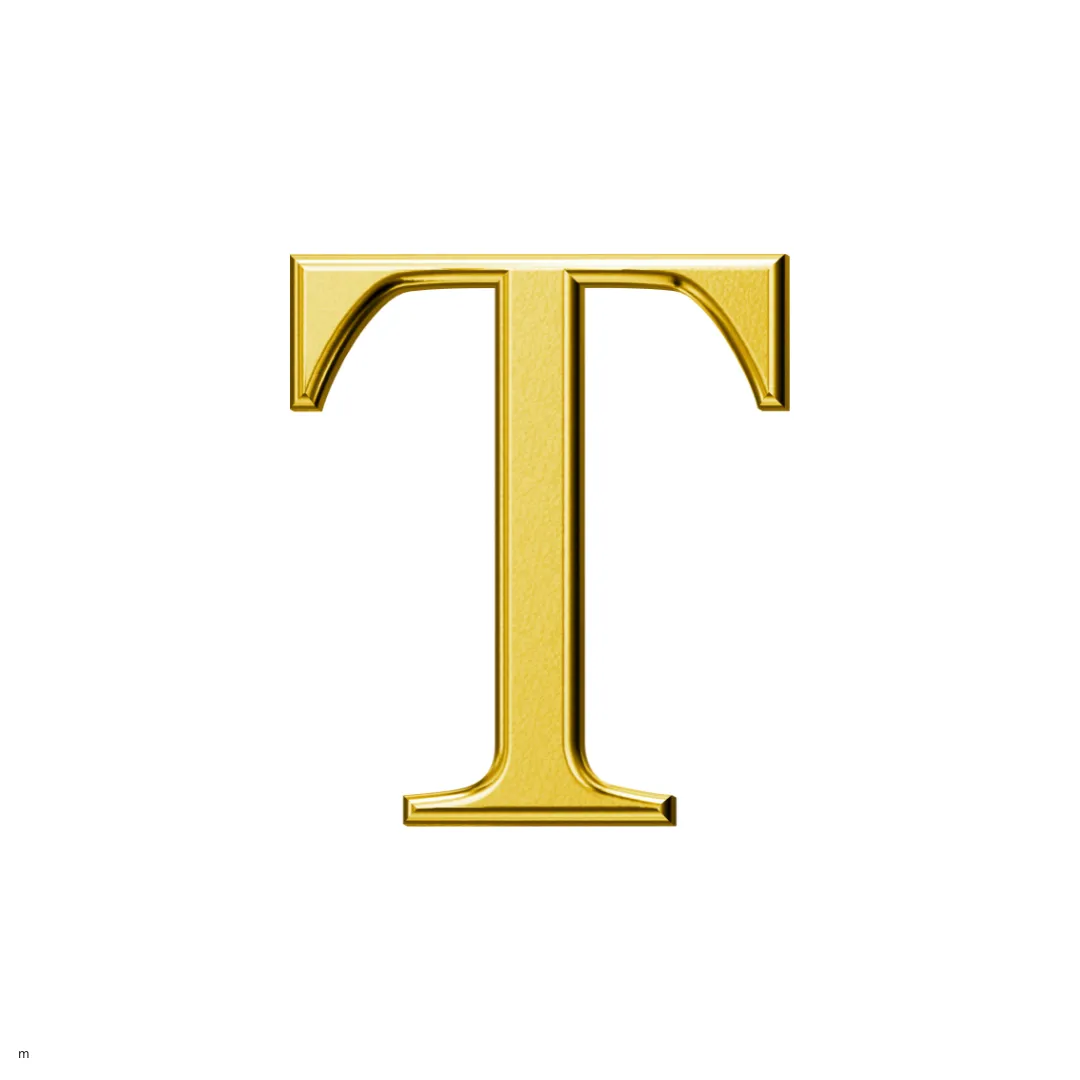
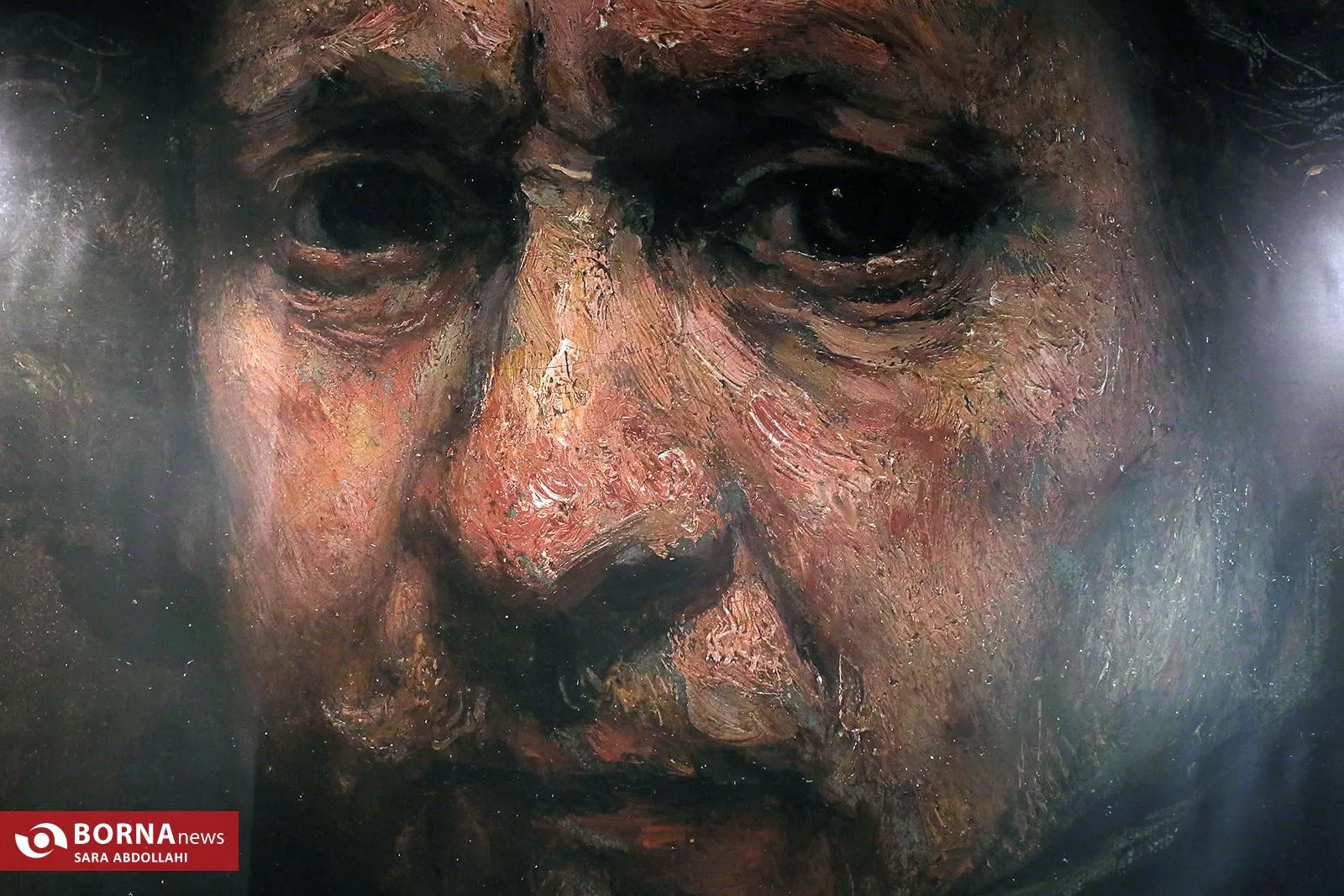
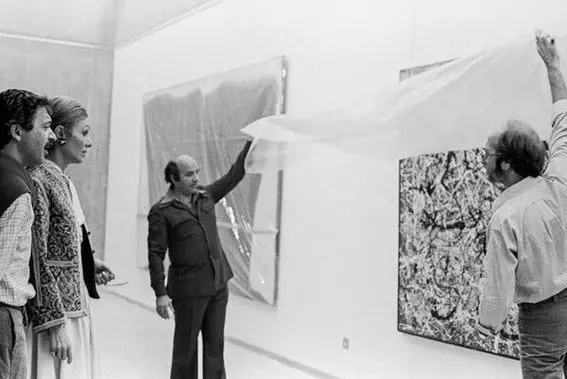
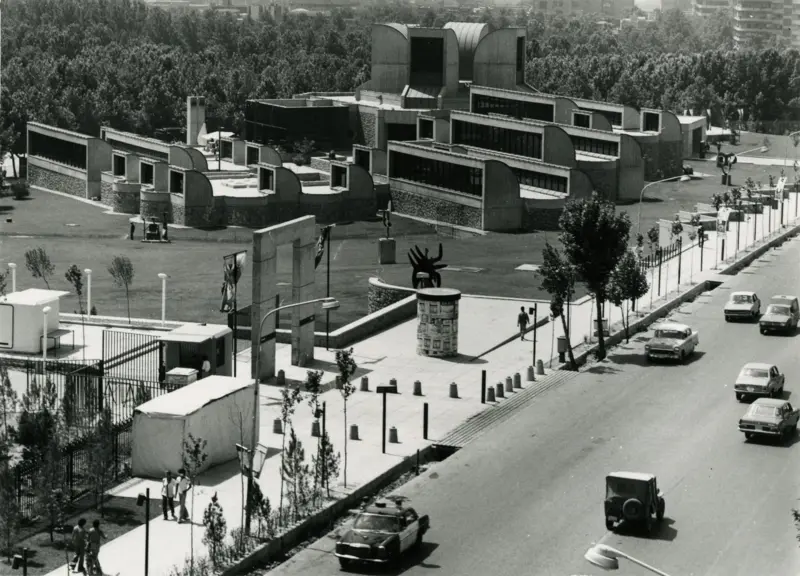
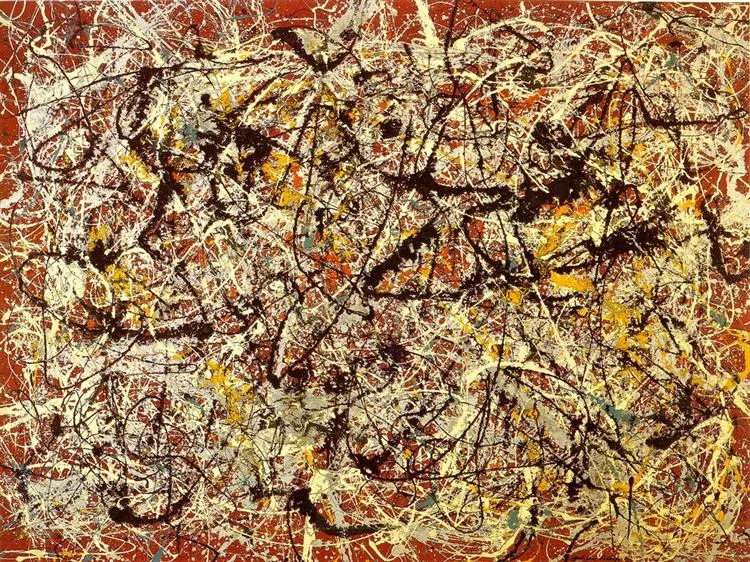
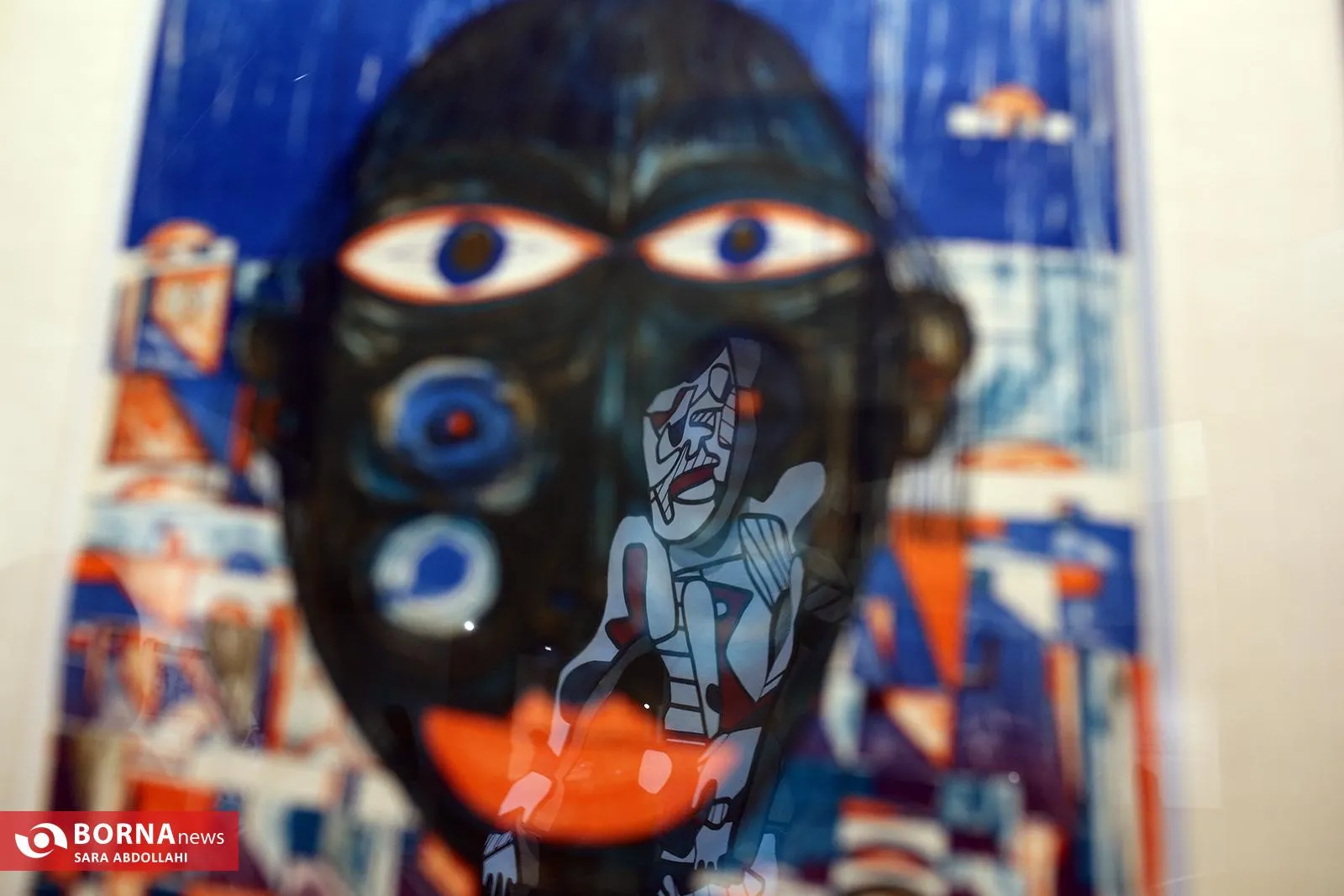
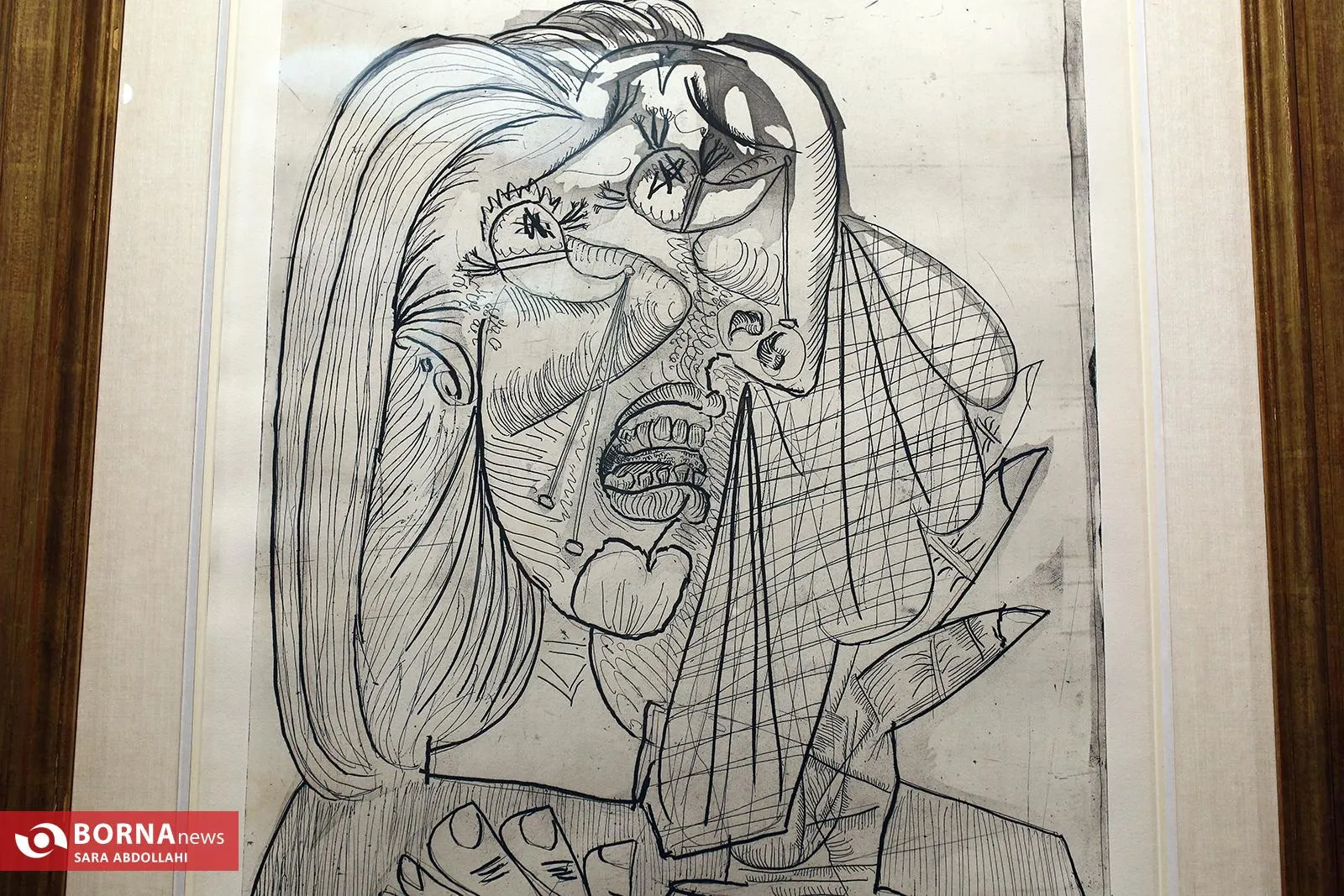
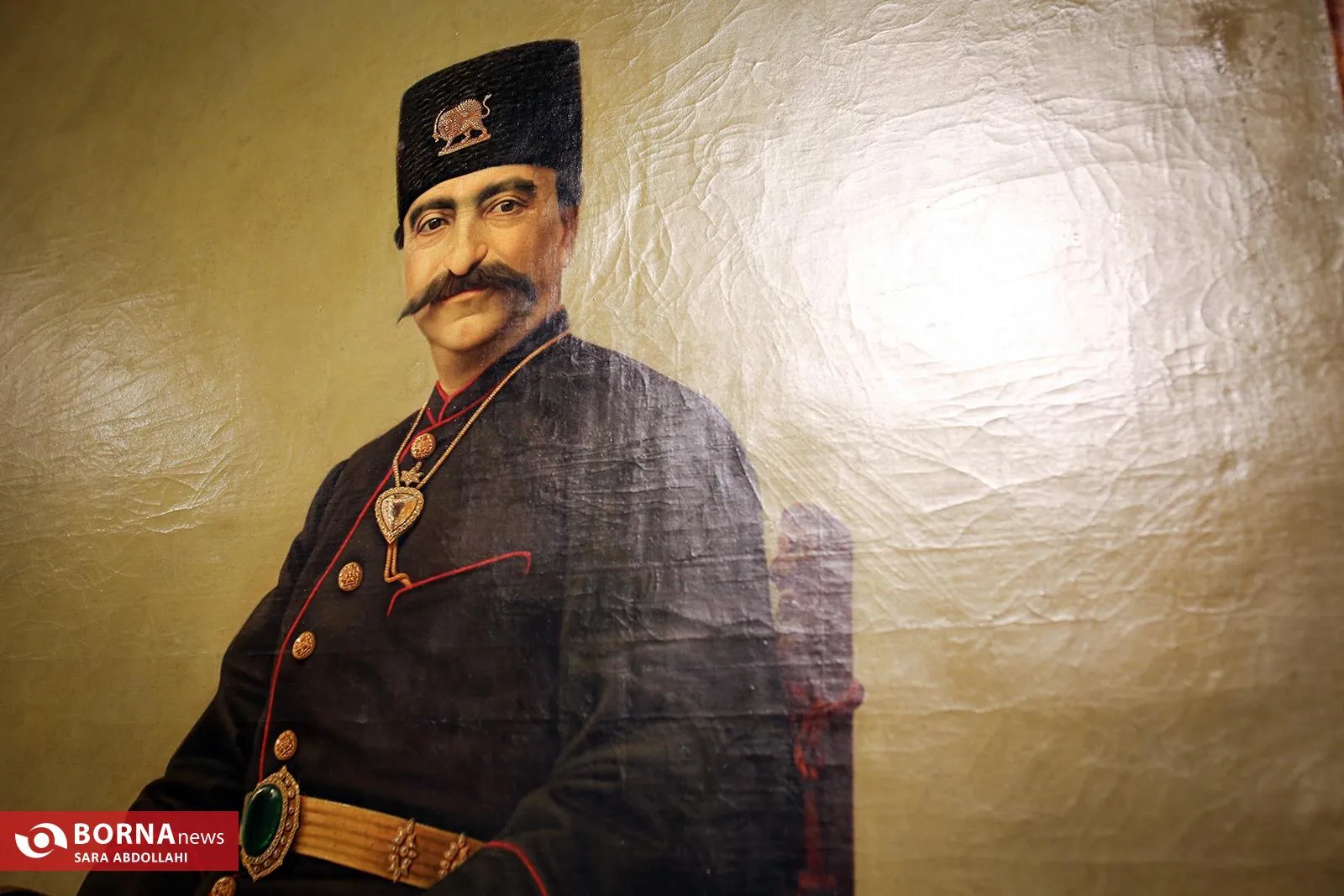
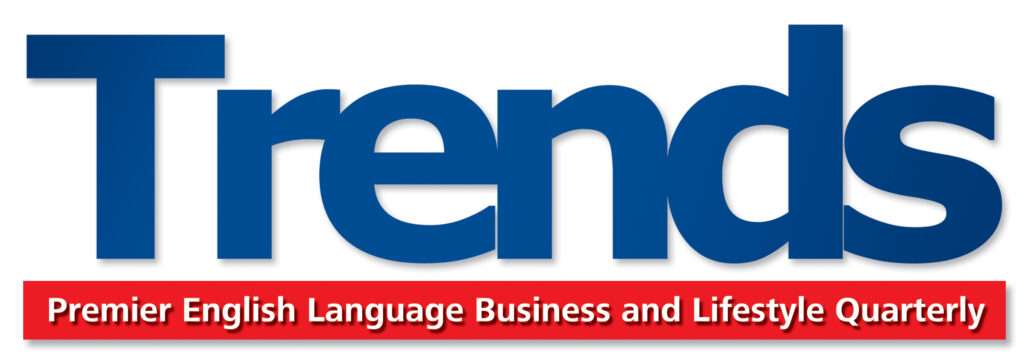

Tehran’s Museum of Contemporary Art
one of the Amazing place in Tehran
I went here with one of my friends and it was beautiful! Reading this article makes me get reminded of the memory